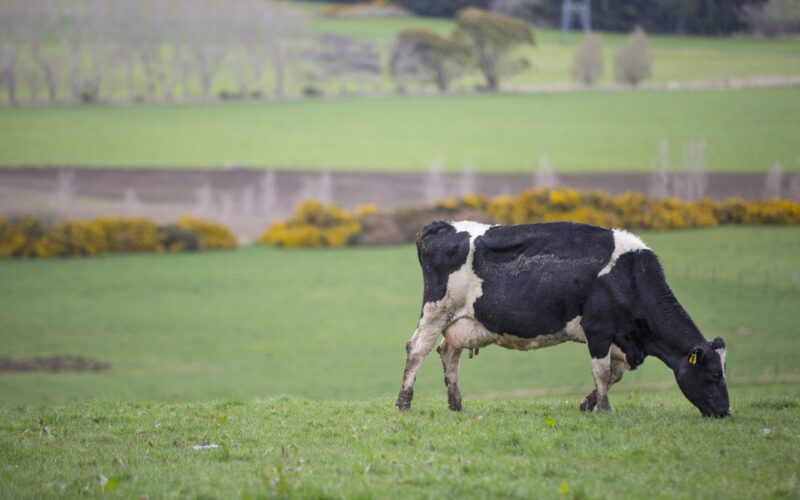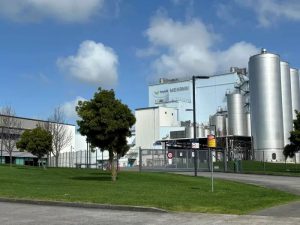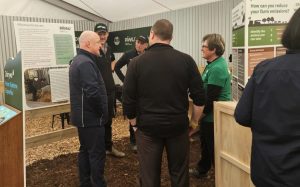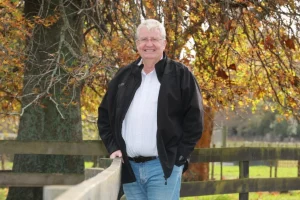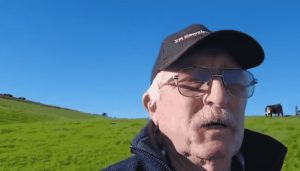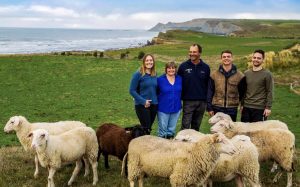
Farmers have been treated to a range of thought-provoking advice this week, writes Craig Page.
There has been a smorgasbord of thought-provoking advice for farmers and growers over the past week.
The need to “move with the times” is a well-worn phrase, but the importance of doing just that to survive, and ultimately thrive, was driven home in a series of reports and forums.
The Future Use of Land and How to Fund It report, produced by ASB and Lincoln University’s Centre of Excellence in Transformative Agribusiness, started the ball rolling, outlining how better land use, paired with innovative funding, could unlock sustainable value across rural New Zealand.
It estimates smarter and more diverse land use could create some serious money, unlocking billions of dollars for farmers and the economy.
The report looked at ways to achieve those goals, such as diversifying farm systems to introduce mixed revenue streams, increasing horticultural production, and unlocking underused Māori land.
The well-known High Peak Station, in Canterbury, is a perfect example and partly inspired ASB’s response to land optimisation. The property was once a traditional sheep and beef farm, but evolved into a family-run operation that now dabbles in tourism, honey and hunting, as well as livestock.
The station and its operators, Simon and Hamish Guild, featured in Farmers Weekly earlier this year. In 1987 their father started a hunting business at the property, which was run as sideline to farming. Today it contributes more than 50% of the land’s annual earnings, cashing in on overseas hunters prepared to pay big money to shoot at the property.
That report coincided with E Tipu: The NZ Food and Fibre Forum in Palmerston North, a gathering of some of the country’s food production forward-thinkers.
A focus was how New Zealand producers can thrive in the future, something most producers will have in the back of their minds. The common thread was that it will ultimately come down to collaboration between producers.
Alan Renwick, a professor in transformational change in agriculture at Lincoln University, said land use change does not require a entire farm shifting from one venture to another. Instead, landowners need to identify a profitable, high value complementary land use that is suitable to them and the region.
Hamish Renton, from HRA Global, said NZ exporters appear to be coasting.
He suggested NZ red meat companies tend to position themselves on price rather than brand, yet there is an opportunity beyond grass-fed and clean and green claims.
The problem is strategies are fragmented and businesses are operating in silos. There is opportunity for collaboration but that hinges on creating a unified strategy and using cross-industry innovation.
A similar theme emerged from the annual KPMG Agribusiness Agenda, timed to be released at E Tipu.
Lead author Ian Proudfoot said the report was designed to be provocative in getting the sector to imagine what its potential could be.
“We are asking leaders to be brave, to be curious, and to act.”
Sometimes it is difficult to step into the unknown, but it’s clear this country’s food sector needs to look to the future with an open mind if it is to prosper.
You can now read the most important #news on #eDairyNews #Whatsapp channels!!!
🇺🇸 eDairy News INGLÊS: https://whatsapp.com/channel/0029VaKsjzGDTkJyIN6hcP1K
